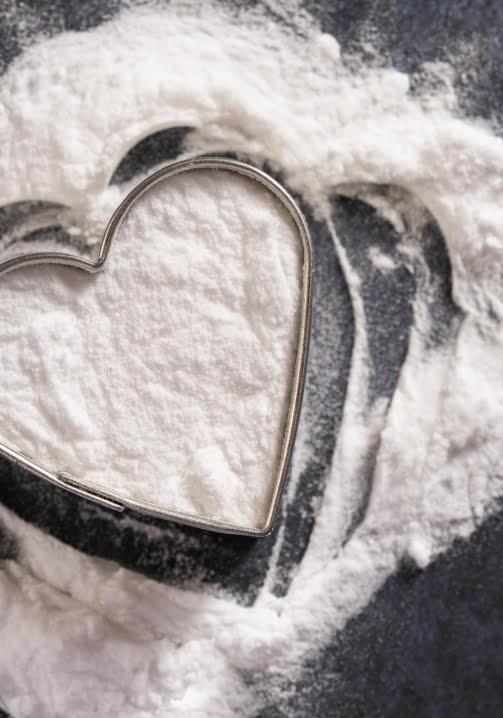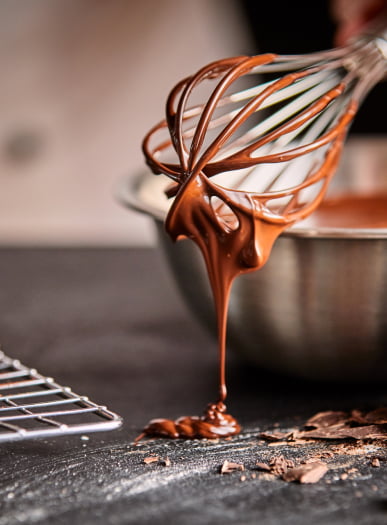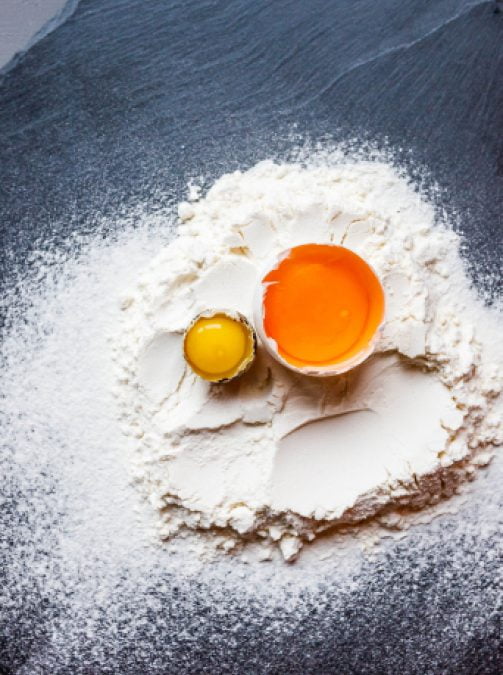
Types of raising agents
Methods of aeration or raising agents
Biological (Yeast)
Chemical (Baking powder)
Mechanical {Whisking/beating)
Lamination (Folding/rolling)
YEAST
Given the right conditions of warmth, liquid and food, yeast will feed on sugar and produce carbon dioxide as a by-product. This gas gets trapped in bubble-like structures made by the gluten in flour and so aerates the product. When cooked, the gluten structure sets and gives a light product.
BAKING POWDER
A chemical reaction between an alkali and an acid in the presents of moisture and heat, produces carbon dioxide which as with yeast, gets trapped in gluten bubbles. In the case of baking powder, the acid is Cream of Tartar and the alkali Bicarbonate of Soda. The heat of the oven increases the reaction, producing light and digestible products.
Read MoreHAVE A QUESTION?
Talk to the Chef




